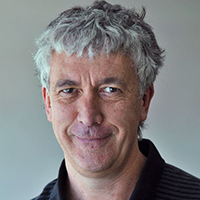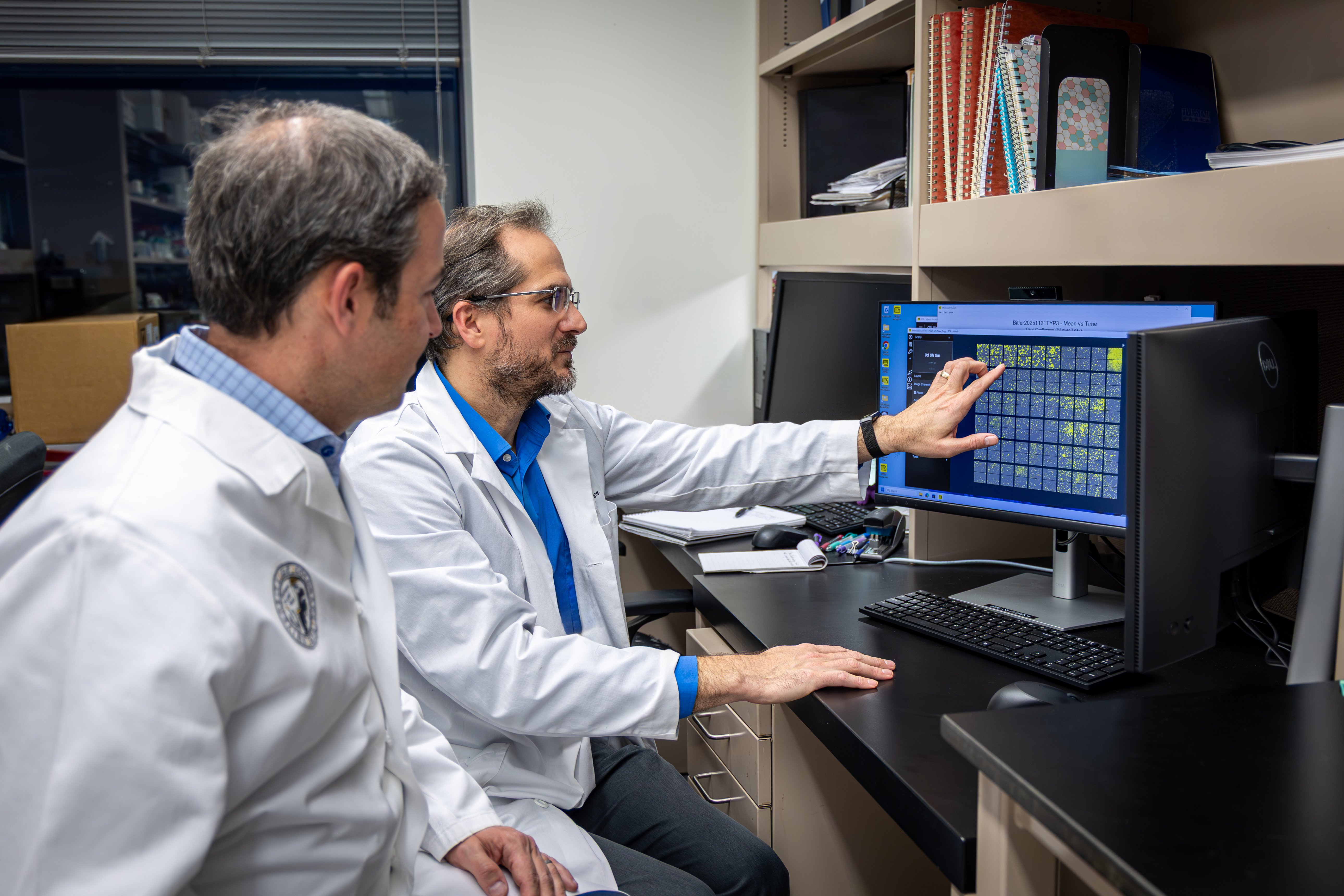Trevor Williams, PhD, spent decades studying the genetic underpinnings of craniofacial anomalies. Without treatment, which typically involves surgery, the birth defects can leave children with breathing and eating problems and make them the targets of bullies.
Williams, a professor and Timpte/Brownlie Chair in craniofacial/molecular biology at the University of Colorado School of Dental Medicine, received a Fulbright Scholar award this spring. He is now bringing his expertise to Nepal, a rugged country in south Asia, in the hopes of advancing care for people who struggle physically and psychologically with cleft lips and palates.
‘Hasn’t happened in Nepal’
An estimated 170,000 children in developing countries are born with craniofacial defects each year, according to Smile Train, a nonprofit that provides training and funding toward cleft surgery worldwide.
“In some countries, there has been a connection between doing these surgeries and collecting tissue samples (for research). But that hasn’t happened in Nepal,” Williams said.
Williams hopes to change that by creating a system for collecting and analyzing DNA samples in the landlocked nation, where some communities have a prevalence of craniofacial anomalies. He plans to develop a registry for identifying populations that are at most risk of the condition, which is caused by genetic and environmental factors, or a combination of both.
“In Nepal right now, as far as I can tell, there’s nobody coordinating this collection of not only samples, but the medical, family and environmental history of the patients they’re treating,” said Williams, who has twice previously visited the country wedged between India and China. For his project and concurrent sabbatical, he will spend at least six months in Nepal. “I’m interested in the genetics/family history more than the environmental (causes).”
Underlying genetic mutations
On the genetic side, Williams said craniofacial defects fall into syndromic and non-syndromic types. Syndromic cases, he said, show strong genetic components, such as Van der Woude syndrome (involving the IRF6 gene) and Treacher Collins syndrome (TCOF1 gene variants).
|
|
“But with a lot of non-syndromic clefting, you still don’t know the causes,” he said. “If there are families that have a history of clefting, you can use that information to try and figure out if there’s a new gene involved.”
The new genes tend to “bubble to the surface” in small, isolated populations where inter-marriage is common. “Those conditions tend to expose any underlying genetic mutations … The bigger the family, the easier it is to narrow down which particular mutation is causing the disease,” Williams said.
He plans to conduct research in Janakpur, a southern Nepal city where, as Williams has been informed by a Nepali doctor who cares for that community, about 50% of the cleft lip and palate cases he sees are likely genetically based.
“If you can find mutations in a rare population, first of all, that helps that population understand what’s going on,” Williams said. “And secondly, it might be the case that that rare mutation is connected to a lot of other non-syndromic clefting in other populations … and there may be some customized treatments toward that.”
On another front, Williams recently received a National Institutes of Health grant to study the feasibility of in-utero treatment for craniofacial anomalies.
Team-science approach
Nepal has surgeons performing craniofacial surgeries, such as those working with Smile Train, but the downstream network needed for further study – systematic DNA collections and analysis – is lacking, according to Williams. He said it will take a team-science approach to improve cleft lip and palate identification, treatment and possibly prevention. He plans to interact with all interested parties – doctors, laboratories, basic scientists and the Nepalese government – in order to spur a culture around the value of collecting samples.
“My hope is to bring people together who are invested in genetic analysis and
treatment of craniofacial cleft so that Nepal gets the level of interest and
care that other countries in the world have.”
– Trevor Williams, PhD
“My hope is to bring people together who are invested in genetic analysis and treatment of craniofacial cleft so that Nepal gets the level of interest and care that other countries in the world have,” he said. “I’d like to see a registry for identifying patients, a system for collecting DNA, a system for analyzing that DNA – all occurring mainly within Nepal itself.”
‘There is a path forward’
Getting the Nepal government to invest resources could be a challenge, but he expects officials to “push this multi-year effort forward” in other ways. He plans to help Nepal researchers write NIH and other grants as well as encourage Smile Train physicians to invest in sample collection when they perform surgeries.
“I think all the people are there – they just don’t know how to connect with each other and find what is possible,” Williams said. “I’m not going to be able to change the world in the amount of time I’m there. But I hope that I can maybe also inspire some people to pursue a career in scientific research who are not able to, who don’t currently see a path forward. I can tell them there is a path forward.”





